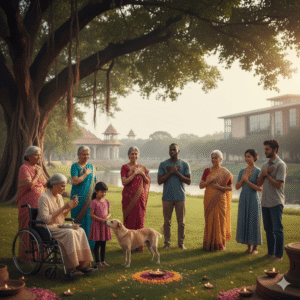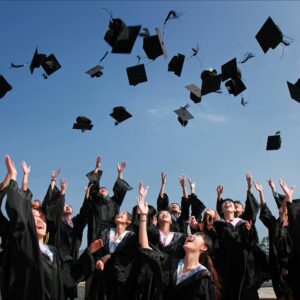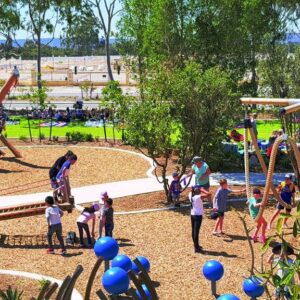As students across India pack their bags for school each morning, they carry with them the hopes and dreams of their futures. But are Indian schools really preparing them for the real world, or just focusing on exams? It’s time to dive into what’s really happening in our schools and whether they’re setting up our students for success in life, not just in the classroom.
More Than Just Marks: Building Skills for the Future
Indian schools have long been known for their tough exams and high academic expectations. But there’s a big world out there beyond the classroom walls, and it demands more than just good test scores. Recognizing this, some schools are starting to change their approach.
According to recent government data, there’s been a significant push to make education more holistic. The Ministry of Education’s New Education Policy (NEP) 2020 aims to transform the Indian educational landscape by reducing the emphasis on rote learning and increasing focus on critical thinking and creativity. The policy suggests a shift towards a more practical and application-based learning style that prepares students for real-life challenges.
Learning to Learn: The Key to Lifelong Success
It’s not just about learning facts and figures anymore. The real test is learning how to learn. Schools are now incorporating methods that teach students to think critically, solve problems, and manage their time effectively. These skills are crucial for success in both personal and professional life.
For instance, the government’s recent initiative to integrate technology in education through the ‘Digital India’ campaign has led to an increase in the use of digital tools in the classroom. This not only makes learning more engaging but also helps students become tech-savvy, a necessary skill in today’s digital world.
A World of Opportunities: Preparing Global Citizens
Today’s students are tomorrow’s global citizens. With this in mind, Indian schools are expanding their curricula to include global issues and multicultural education. This broader perspective helps students understand and appreciate different cultures and viewpoints, preparing them to thrive in a globalized world.
Recent reports highlight that schools are also encouraging students to participate in international exchange programs, which have increased by 20% in the last year, enhancing students’ exposure to global cultures and communities.
Real-World Readiness: From Classroom to Community
The real test of education is how well students can apply their learning in real life. Schools are now focusing more on projects and real-world applications of what students learn in textbooks. These practical experiences help students connect the dots between their education and the real world, making learning more relevant and exciting.
Moreover, the emphasis on community service and environmental awareness is teaching students the importance of giving back to their community and taking care of the planet. These lessons in citizenship and responsibility are as important as academic knowledge.
Conclusion: Education That Prepares for Life
Indian schools are gradually shifting from traditional rote learning to a more balanced education that prepares students for life. With the support of the government’s new policies and initiatives, schools are becoming places where students not only learn about the world but also how to navigate it successfully.
As these changes take hold, the future looks promising for Indian students. They’re not just preparing for exams; they’re preparing to conquer the world.












